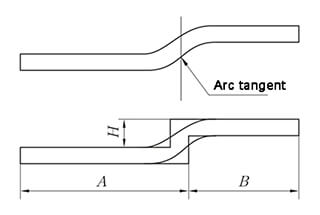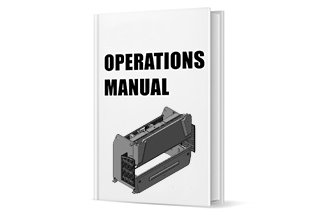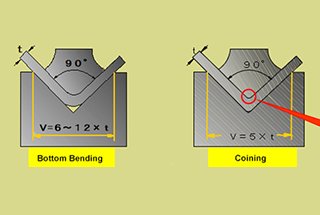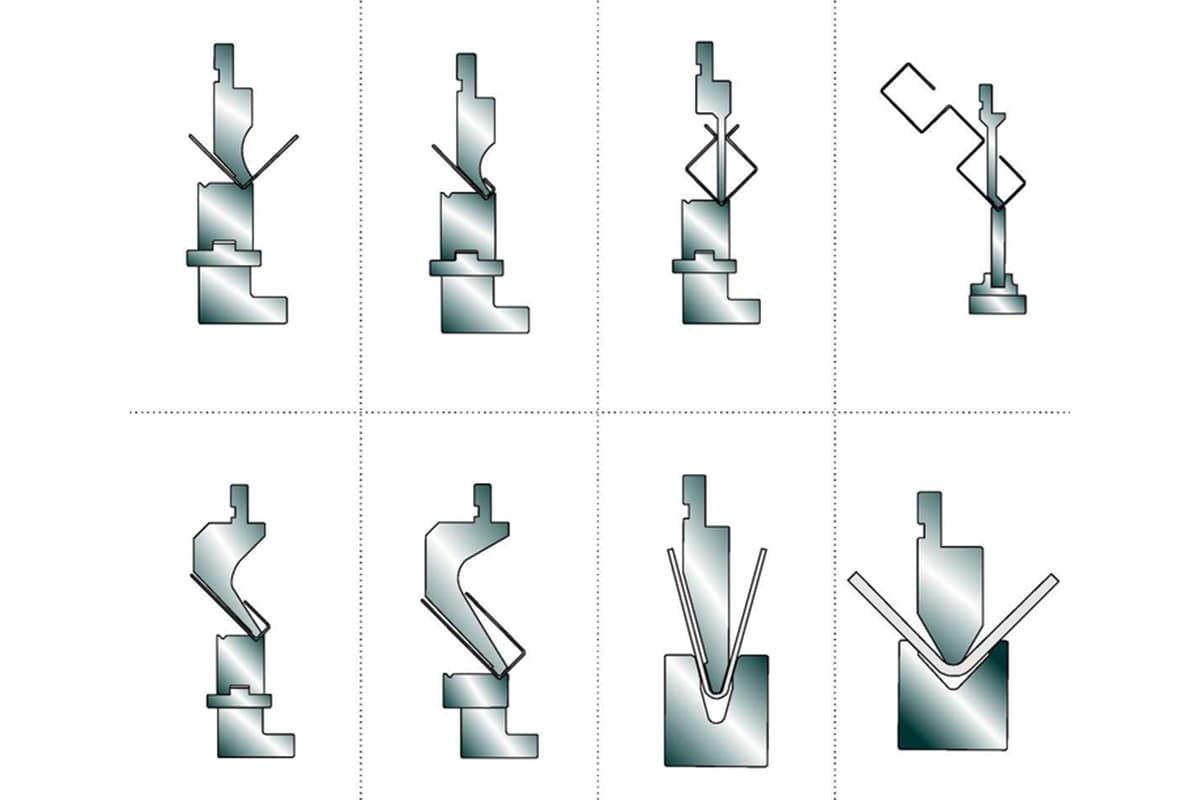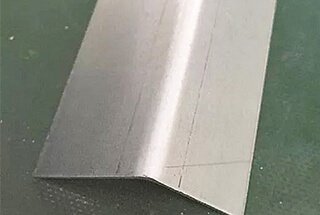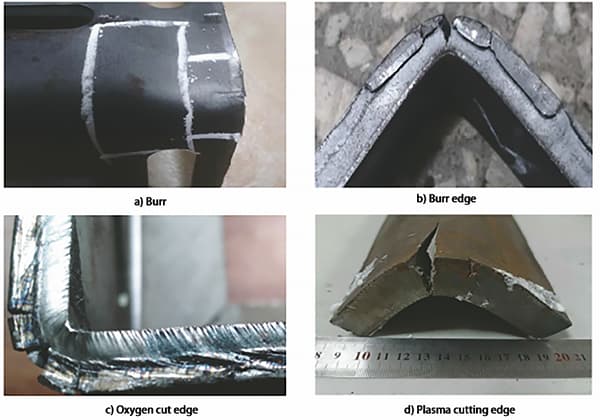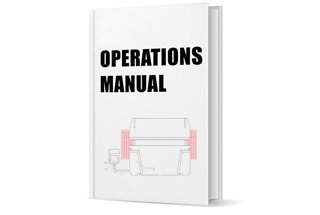
Investing in bending robots and automation has become a popular choice for many companies seeking to enhance production quality, improve working conditions, and address labor shortages. Many people believe that buying robots is primarily about replacing human workers. However, this is rarely the case in practice. The media often perpetuates the notion that the main […]

Investing in bending robots and automation has become a popular choice for many companies seeking to enhance production quality, improve working conditions, and address labor shortages.
Many people believe that buying robots is primarily about replacing human workers. However, this is rarely the case in practice.
The media often perpetuates the notion that the main purpose of robots is to replace human workers, but in reality, most companies use them to facilitate a shift from the first line to the second line of work, where workers oversee robot operations and troubleshoot when necessary.
Below are the top 8 reasons why companies purchase bending robots to automate their press brake machines.
Let’s take a closer look!
After implementing bending robots, companies can typically increase production at the same cost as before. However, this does not render human laborers redundant. Robots are usually assigned to perform the most repetitive tasks, freeing up employees’ time to focus on tasks that add more value to the product.
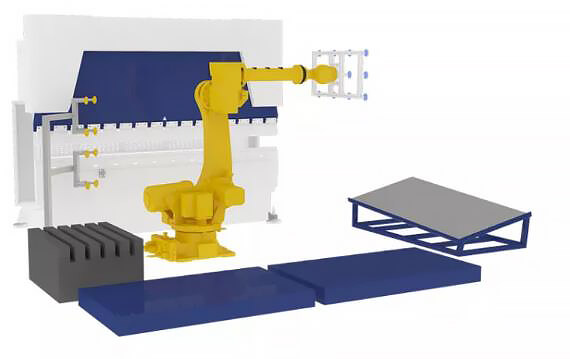
Numerous companies are investing in robots to enhance task execution and reduce production time, especially when customers anticipate a shorter time from order to delivery.
Robots have the advantage of working uninterrupted, and in some cases, even faster than employees, particularly when the task is straightforward, such as bending metal plates or packaging and palletizing final products.

When the speed of a particular process increases, the rest of the production line must keep pace to maintain the overall efficiency.
The total production time can only be reduced when the automation process eliminates bottlenecks or increases the speed of all processes both before and after the robot.
Unfortunately, many companies overlook this crucial aspect when investing in robotics and automation solutions.
If a completed unit must wait several minutes before being received by the next process, it makes little sense to save a few seconds by automating the previous step.
In numerous cases, robots are capable of producing consistently high-quality results compared to different employee shifts.
Robots are programmed to repeat actions precisely, making them a popular choice for companies looking to enhance product quality.
However, this does not mean that robots are comparable to skilled craftsmen or artisans.
Typically, robots struggle with complex tasks that require exceptional dexterity.
But for tasks that involve repeating a simple action multiple times, industrial robots may offer more uniform and reliable results.
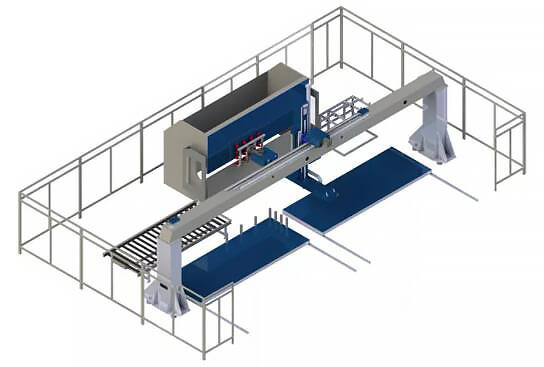
Assembly line production is undoubtedly a remarkable invention that has made the mode of production more efficient than ever before. However, it comes with a warning: workers often face monotonous and exhausting tasks.
To tackle this issue, some companies require employees to rotate between different tasks at certain intervals, so they don’t have to perform the same repetitive actions over and over again.
For many, the next logical step is the use of robotics and automation as a solution to reduce the burden on employees and improve working conditions. In hazardous environments, for example, robots are a wise choice.
However, generally speaking, automation is mainly intended to take over the tedious and monotonous work, allowing people to focus on more meaningful tasks.
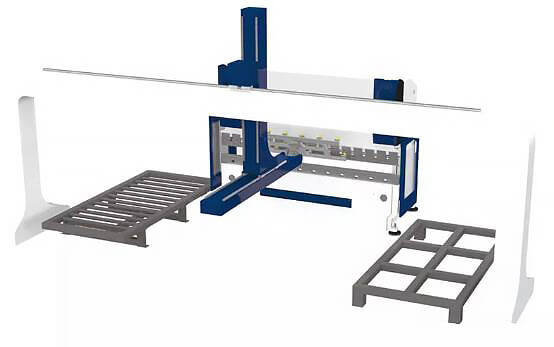
Trying something new is always exciting, especially when it leads to a success story in the beginning. The same can be said for purchasing robot bending automation.
More and more companies are opting to start with low-risk projects when buying their first robot. In this scenario, the bending robot may not immediately improve production efficiency. The primary objective is to familiarize themselves with the technology and develop people’s skills in using such equipment.
Once a company has invested a significant amount of money in industrial robots, this experience will prove to be valuable. If senior managers have a strategic goal of automating and upgrading their processes, starting from a low starting point and building up from there is a wise decision.
In fact, most enterprises buy robots to improve production efficiency. However, in some cases, enterprises strategically use robots to gain a first-mover advantage. These enterprises choose to invest in high-risk development projects with the hope of becoming the first enterprise in the market to benefit from cutting-edge automation solutions. However, being a pioneer comes with risks, and few enterprises can afford it. Only those enterprises that can tolerate project failure and higher-than-expected costs can afford to take such a risk.
On the other hand, in some industries, such as the agricultural and pharmaceutical industries, it is necessary to become a pioneer. If the industry is strictly regulated, the approval of a new solution may take several years. If enterprises limit themselves to ready-made technologies, they may lose their competitive edge once they receive approval. A development project is more likely to remain up-to-date after approval.
Finally, advanced industrial robot solutions also have decorative purposes that cannot be ignored. A production site full of industrial robots has a stronger visual impact and is more likely to win the trust of customers. These robots serve as a symbol of effective operation and production for enterprises.
Not all enterprises are able to keep up with the demand due to a shortage of workers, which can be a significant obstacle to their development. That’s why many businesses are seeking industrial robots and automation upgrade solutions to address this issue.
In particular, when it comes to specific working conditions such as welding, palletizing, bending, advanced assembly, or quality control, it can be extremely challenging to find people with the necessary skills and experience.

A welding robot that has been carefully debugged by skilled welders can significantly increase production capacity. The robot can execute instructions with precision, enabling the welder to perform tasks accurately and efficiently.
By leveraging the expertise of its internal workforce, a company can improve its production capacity through the use of robotic technology.
If you are struggling to balance your budget, outsourcing your production lines to low-income countries can often seem like a viable option. However, there is an alternative approach. By upgrading and optimizing your production processes and investing in robot automation equipment, you may be able to delay or even avoid outsourcing to other countries altogether.
Automating your production process can make it more efficient and responsive to unexpected events. Moreover, it can help reduce the pressures associated with outsourcing, such as shipping costs, travel expenses, and delays in delivery.
By avoiding outsourcing, your enterprise can also avoid the risks associated with wage increases, labor shortages, and other unforeseen factors that may arise in outsourcing destinations.

